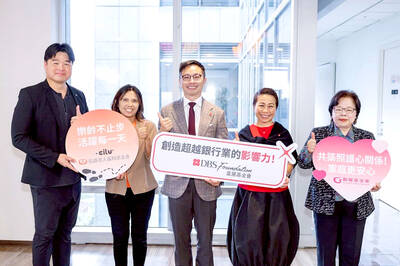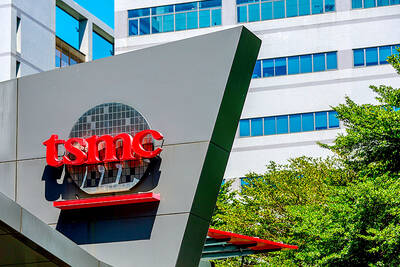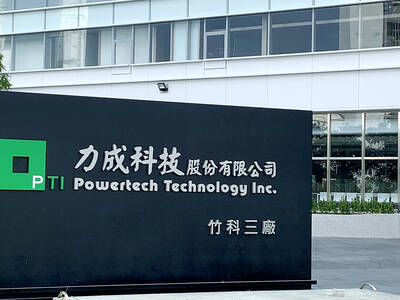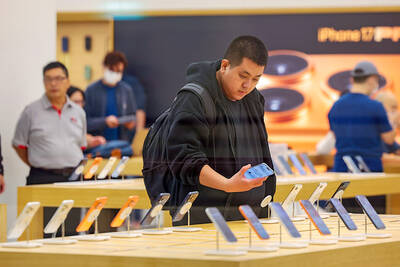The models, tall and lithe and strutting down the runway to the beat of Moroccan-themed house music, are from Russia and Eastern Europe. They could be displaying the latest designer styles in Paris or New York, but instead, they are in Istanbul, wearing high heels, flowing tunics and colorful headscarves.
The fashion show, part of Istanbul Modest Fashion Week, was held at an Ottoman-era railway station, with old-fashioned train cars and vintage luggage as props.
This is not the Muslim fashion of Riyadh or Kabul, nor is it the dark and dreary dress stereotyped in the West. Muslim fashion here is a colorful, creative and joyful enterprise. It is also a huge business.
“We’re taking over,” said Dina Torkia, a Muslim fashion blogger from London, who wears a headscarf and was mobbed by fans hoping for a photograoh. “There are a lot of us Muslim girls who wear the hijab, and we like fashion.”
As Europe grapples with the Burqini — a full-body swimsuit that some French beach towns have tried to ban as a symbol of the oppression of women — Muslim dress in Turkey has become a symbol of religious freedom from the strictures of secularism.
Istanbul has sought to become a Muslim fashion capital, an ambition that reflects the degree to which Turkish society has been reshaped under the government of Turkish President Recep Tayyip Erdogan.
Under Turkey’s old hardline secular system, the hijab was seen as a symbol of backwardness and banned in government offices and schools.
As France debated the Burqini, Turkey again chipped away at old taboos, allowing female police officers to wear headscarves on the job for the first time.
No longer an object of derision in Turkey — and with the backing of the government — the headscarf has spurred a Muslim fashion revolution, complete with fashion houses, magazines, bloggers and Instagram stars.
Powerful women in the region, like Erdogan’s wife, Emine, and Sheikha Mozah, a wife of a former emir of Qatar, have become fashion icons for young conservative women.
“Everyone was like: ‘Muslim market?’” said Kerim Ture, a former technology industry executive who now runs Muslim fashion house Modanisa, based in Istanbul. “Black burqas. That was the stereotype.”
Ture employs several in-house designers and has partnerships with brands in Dubai and Malaysia. Popular colors these days are yellow and baby blue, as are camouflage and tropical leaf patterns.
“Our main purpose is to make women feel better,” he said. “To feel the glamor and the shine inside, even if they are covered.”
Ture said he did not come from an especially religious family, but he has supported Erdogan, whose policies, arguably, have made his business possible.
“My mother is covered,” he said. “My sister is not covered. It’s a Turkish family.”
Most of the models in the show were not Muslim. Russian and eastern European models tend to be taller than Turkish women, Ture said, and are better able “to carry the stuff, easier to show the glamor.”
One of the designers in the show was Loubna Sadoq, a Muslim woman in her 40s who lives in Amsterdam and began wearing a hijab a few years ago.
Muslim fashion designers are essentially trying to answer a single question: How can a woman be fashionable and true to her religion at the same time?
Sadoq said the rules of Muslim dress are simple.
“There is no difference between modest fashion and mainstream fashion,” she said. “You just have to adjust some things, like the length and width. You shouldn’t see skin, and it shouldn’t be tight. That’s it.”
However, as secular Turks fear religion encroaching on daily life, Turkey’s conservative Muslims fear the opposite — that Islam is becoming watered down by commercialism.
A small group of conservative Muslims protested outside the fashion show, chanting: “God is great!”
One of the protesters, a man, told the gathering that the Koran is clear that women should be veiled, and he lamented that God’s instructions have become “a tool for the immorality called fashion.”
As the market for couture Muslim clothing has grown in recent years, mainstream designers have sought a piece of the action.
DKNY and Tommy Hilfiger have designed Ramadan collections, and Dolce & Gabbana sells abayas, long outer garments, for more than US$2,000 apiece.
Noor Tagouri, a journalist from the US who has said she wants to be the US’ first hijab-wearing TV anchor, said she often receives e-mails from Christians who say: “We like the clothes, but we are not Muslim.”
Her response: “OK, you can still wear it. You can still rock it.”

The DBS Foundation yesterday announced the launch of two flagship programs, “Silver Motion” and “Happier Caregiver, Healthier Seniors,” in partnership with CCILU Ltd, Hondao Senior Citizens’ Welfare Foundation and the Garden of Hope Foundation to help Taiwan face the challenges of a rapidly aging population. The foundation said it would invest S$4.91 million (US$3.8 million) over three years to foster inclusion and resilience in an aging society. “Aging may bring challenges, but it also brings opportunities. With many Asian markets rapidly becoming super-aged, the DBS Foundation is working with a regional ecosystem of like-minded partners across the private, public and people sectors

Taiwan Semiconductor Manufacturing Co (TSMC, 台積電) has secured three construction permits for its plan to build a state-of-the-art A14 wafer fab in Taichung, and is likely to start construction soon, the Central Taiwan Science Park Bureau said yesterday. Speaking with CNA, Wang Chun-chieh (王俊傑), deputy director general of the science park bureau, said the world’s largest contract chipmaker has received three construction permits — one to build a fab to roll out sophisticated chips, another to build a central utility plant to provide water and electricity for the facility and the other to build three office buildings. With the three permits, TSMC

BREAKTHROUGH TECH: Powertech expects its fan-out PLP system to become mainstream, saying it can offer three-times greater production throughput Chip packaging service provider Powertech Technology Inc (力成科技) plans to more than double its capital expenditures next year to more than NT$40 billion (US$1.31 billion) as demand for its new panel-level packaging (PLP) technology, primarily used in chips for artificial intelligence (AI) applications, has greatly exceeded what it can supply. A significant portion of the budget, about US$1 billion, would be earmarked for fan-out PLP technology, Powertech told investors yesterday. Its heavy investment in fan-out PLP technology over the past 10 years is expected to bear fruit in 2027 after the technology enters volume production, it said, adding that the tech would

YEAR-END BOOST: The holiday shopping season in the US and Europe, combined with rising demand for AI applications, is expected to drive exports to a new high, the NDC said Taiwan’s business climate monitor improved last month, transitioning from steady growth for the first time in five months, as robust global demand for artificial intelligence (AI) products and new iPhone shipments boosted exports and corporate sales, the National Development Council (NDC) said yesterday. The council uses a five-color system to measure the nation’s economic state, with “green” indicating steady growth, “red” suggesting a boom and “blue” reflecting a recession. “Yellow-red” and “yellow-blue” suggest a transition to a stronger or weaker condition. The total score of the monitor’s composite index rose to 35 points from a revised 31 in August, ending a four-month